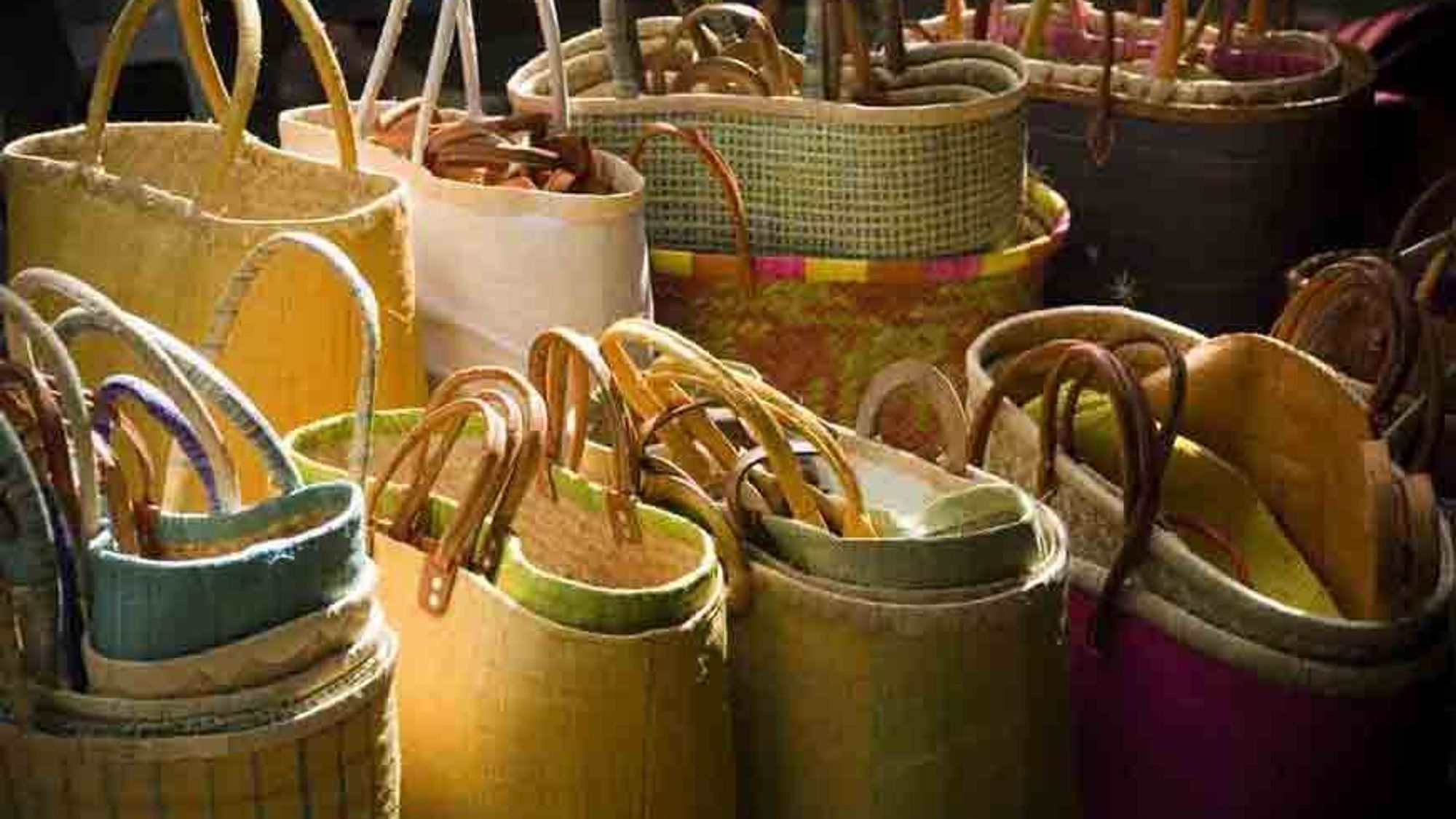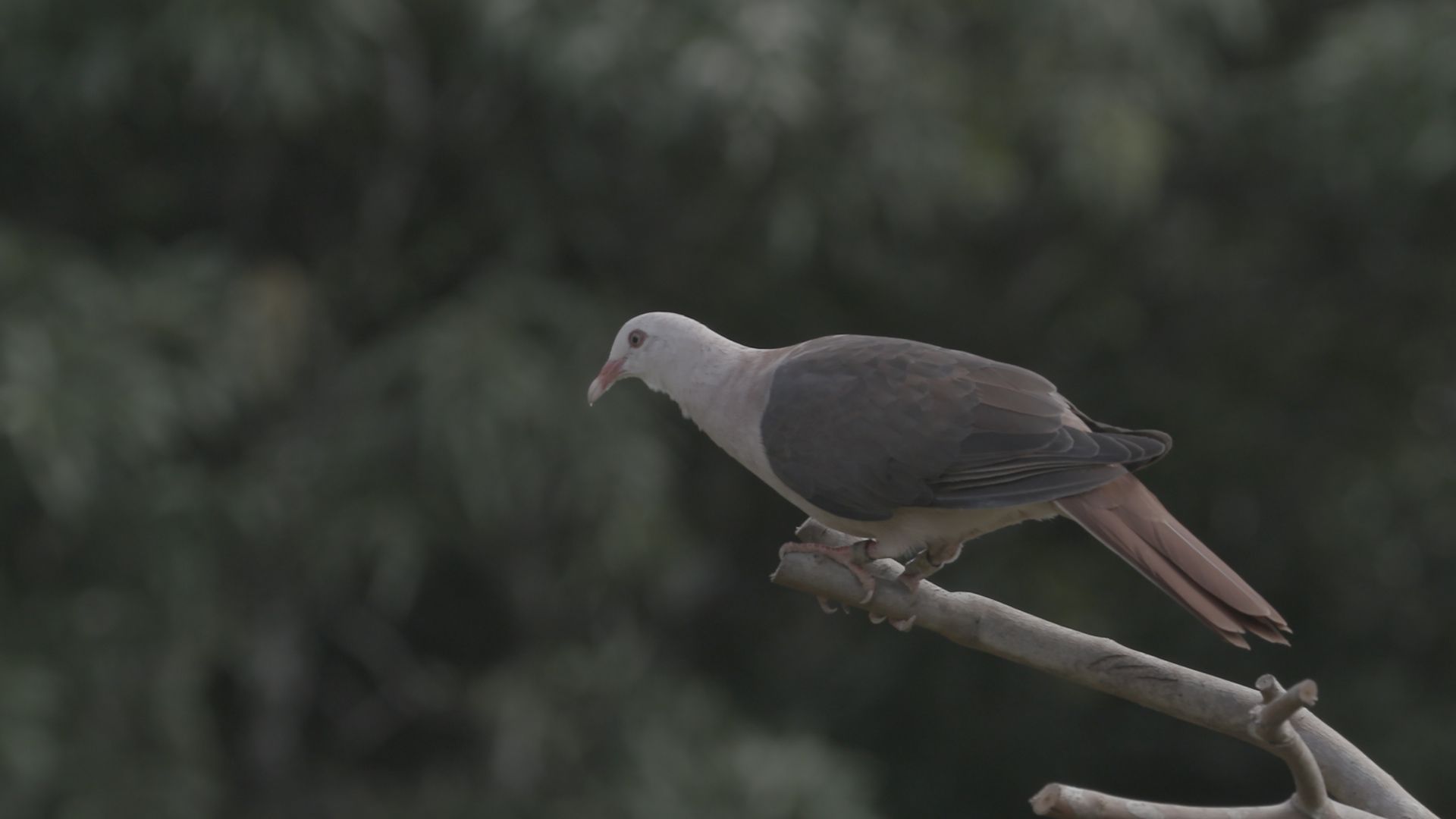More than white sand: exploring Mauritius' culture, arts and heritage
Mauritius’ diverse population has given it a fascinating melting pot of influences that have created its unique arts and culture
Think of Mauritius and white sand beaches, azure sea, and palm trees rustling overhead come to mind.
But to think of the island as merely a beach holiday destination is doing it a disservice. Celebrating 50 years of colonial independence next year, Mauritius is one of the most culturally diverse, artistically rich and cosmopolitan countries in the Indian Ocean with a young population enjoying the benefits of modernisation.
Cultural diversity
Mauritians are a fusion of French, Indian, Creole and Chinese people speaking French, English and Creole. There is a deep national pride to being Mauritian, despite the lack of any unified religion, language or historic tradition, and they’re famous for their hospitality and openness.
You’ll find elements of British and French culture left over from empire days in more than just the language. The first arrivals were explorers, East Indies spice traders and Arab seafarers. Following them came Dutch and Portuguese empire-builders, with the British hot on their heels. French plantation owners came next, and slaves from Mozambique and Madagascar. Then throughout the 19th century Indian and Chinese settlers steadily arrived looking for labour on the island and bringing with them their own traditional food, craft and religious practices.
This diversity gives the country a community spirit of collaboration and enterprise and it’s not surprising that the young population is dynamic, forward-thinking and accepting.
But as it grows into an increasingly modern nation, with modern infrastructure, a strong economy and Western influence, Mauritius has its work cut out to balance rapid modernisation with safeguarding its cultural heritage.
Arts & crafts
There are many different crafts practised in Mauritius. Recycling and upcycling has long been part of the arts culture and artisans use their skills on everything from reclaimed furniture to driftwood.
Ceramic, bamboo, textile and coconut crafts are all used to produce homewares, fashion, jewellery and souvenirs, and basketwork skills are passed down through generations, using leaves from the vacoas, sugarcane, bamboo and aloe plants that grow on the island.

A more recent craft is ship modelling, where artisans create miniature detailed ship replicas from original plans.
The best place to pick up some of the local crafts is at one of the markets. Port Louis Grand Bazaar is open every weekday and Saturday morning, Mahebourg Central Market is open on Mondays, Bazaar de Grand Baie, Monday to Saturday and the Clothes Market in Quatres Bornes is open on Thursdays and Sundays.
Diamonds
High end jewellery manufacturing has been steadily growing on the island, with diamond cutting and polishing factories, including one owned by Tiffany & Co, increasingly becoming an important part of the economy. Specialists are becoming known for the highest quality cuts of pear, marquise, oval, trilliant, round and princess-shaped diamonds and it’s becoming a destination for engagement ring-hunters and lovers of fine jewels and fair prices.

Architecture
Though it’s usually thought of in terms of its natural beauty, Mauritius’ man-made attractions hold interest too. Just like the ad hoc nature of its cultural development, the architecture of Mauritian cities such as Port Louis has grown up over time and under myriad influences.
Both the traditional style and modern buildings are mostly defined by how they’ve been built to adapt to the environment creating a ‘tropical style’, with ventilation and shade vital to protect from the powerful midday sun and enough rain-proofing to keep inhabitants dry in the wet season.
Traditionally, Mauritian building style was very French in nature, with large plantation houses, shaded verandas and vaulted ceilings. Intricate wrought iron balconies on government buildings are reminiscent of New Orleans, itself borrowing heavily from French style.
Few of the ‘Case Creole’ dwellings still exist, but those that do show the bright colours and corrugated metal roofs that were common.
Much of the modern architecture is ambitiously designed to impress tourists. Major civic building projects such as the Mauritius Commercial Bank and the new SSR International airport are impressive and striking, while many hotels and villas have been designed with natural beauty in mind, taking historic creole architecture into account.
Green considerations are also important for new buildings, with water conservation and using natural materials high on the list of essentials. Modern ‘tropical style’ now emphasises being low-tech and responsive to the local climate, but still offering the level of comfort guests are used to.








